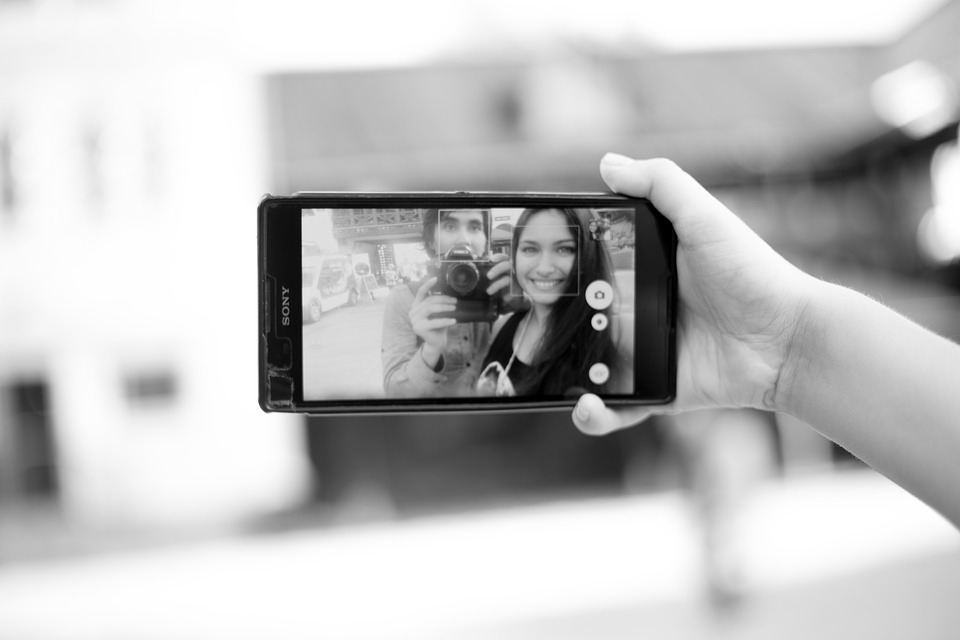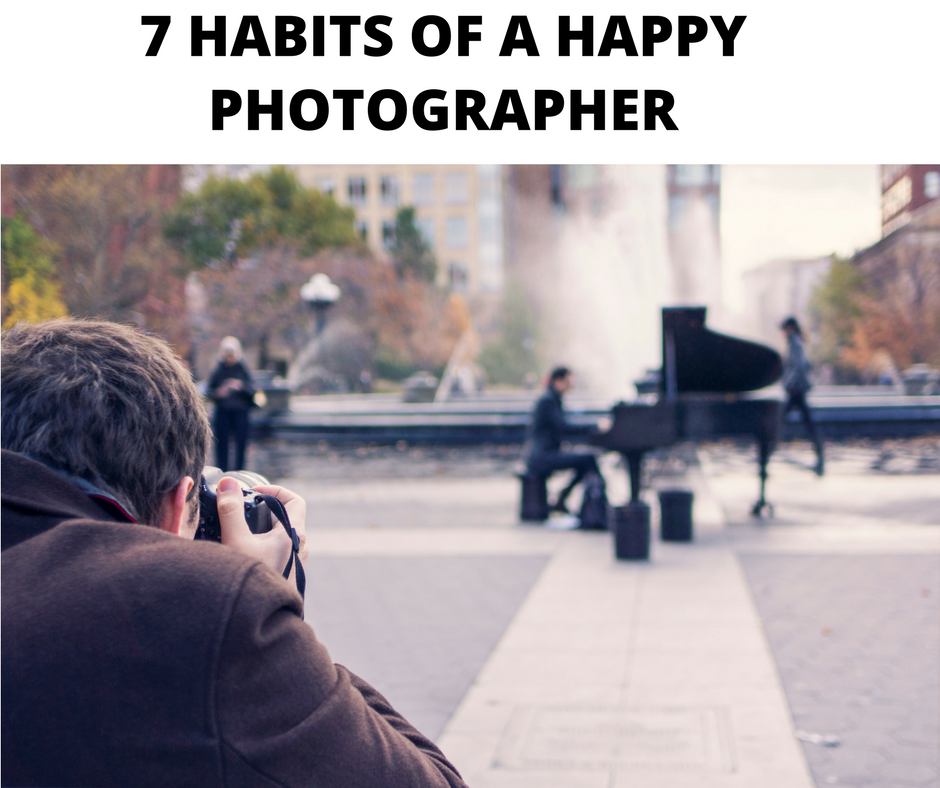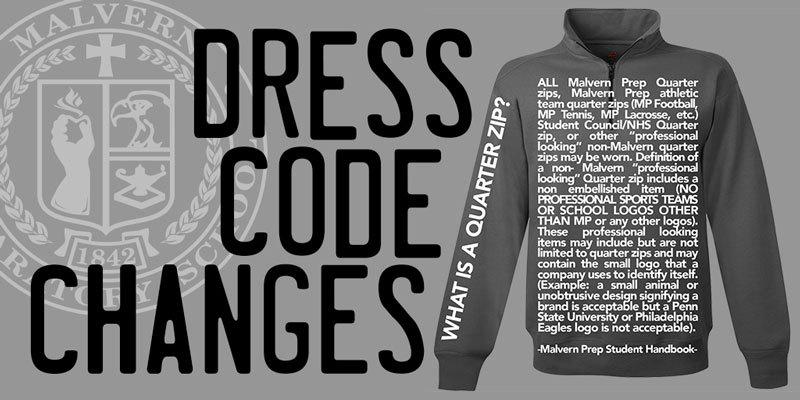Everyone uses ‘Photography’ for different purposes, few use it for commercial purpose and few use it as a hobby. There are so many different genres of photography like fashion photography, aerial photography, ecommerce photography, etc. But, these are not the famous genres of photography. What has caught the eyes and loved by many is the ‘SELFIE’. People are going crazy over this selfie thing.
The social media platforms like Facebook, Instagram, Twitter, etc are flooded with selfies every day. When the word ‘Selfie’ was introduced in the Oxford Dictionary, it became very clear that this photography trend is here to stay. Since a very long time, people have been painting and photographing self-portraits. But, with the invention of a selfie, taking self-portraits has become quite easy and quick in this life full of hustle.
The craze of the selfie has grown so much that now, the people choose the mobile phones depending on the megapixel of the front camera. Even the big mobile brands are focusing on making the mobile phone with the best front camera. Clicking self-pictures is great, you can save so many memories to cherish for a lifetime. But when does this clicking self-pictures turns into an obsession?
Constantly picking your mobile phones and clicking pictures? If yes, watch out, you may just suffer from ‘selfitis’.
‘Selfitis’ is defined as “obsessive taking of selfies”. The concept first went online in 2014 when International media said that it has been classed as a mental disorder by the American Psychiatric Association. This later turned out to be a joke but, the research about the topic began. Now, in a newly published study in the International Journal of Mental Health and Addiction two researchers claim the condition is real.
The two researchers Janarthanan Balakrishnan of the Thiagarajar School of Management in Madura, India, and Mark D. Griffiths of Nottingham Trent University in Nottingham, UK started studying the behavior of over 600 students of an Indian university, using their behavior to break down selfitis into three levels: acute, chronic, and borderline. While doing so, they discovered the Selfitis Behavior Scale (SBS), which was broken into several different categories indicating why people take selfies.
The six categories of why people take selfies found by the two researchers in their survey of 600 students were Environmental enhancement, social competition, attention seeking, mood modification, self-confidence, and social conformity. And out of the six subcategories, the category that topped the list was social competition. One of the major indicators of those suffering from chronic selfitis were the high levels of social competition. The researchers also noted that the social competition is not an indicator for people suffering from chronic selfitis but also, a big factor in other obsessive behaviors, such as excessive video gaming.
After the scale development, a test pool of 400 students showed some interesting results. The output was as follows: 34% suffered from borderline selfitis, 40.50% acute, and 25.50% had chronic selfitis. The strange thing noticed was that males had a slightly higher rate of selfitis (57.50%) compared to women (42.50% ). The research showed that, the younger the subject, the higher rate of selfitis. And over half of the participants of the age 16 to 20 years suffered from the selfiits and the numbers started dropping after the age of 25 years.
Janarthanan Balakrishnan shared with the New York Post, “Typically, those with the condition suffer from a lack of self-confidence and are seeking to ‘fit in’ with those around them and may display symptoms similar to other potentially addictive behaviors.”
Now, the question arises, ‘How many selfies were clicked in a day by the students?’ Well, let us inform you that number is not that huge. 55% of students took 1 to 4 selfies daily, with only 9% of students taking more than 8. And the most interesting fact was that 34% never even posted their selfies online.
How many selfies are you taking in a day? Where do you think you fall on the scale of behavior?
Let’s have a look
Environmental enhancement
- Taking selfies makes me enjoy the environment more
- Expressing myself more in my environment becomes easy with selfies
- Taking selfies leaves better memories of the occasions
Social competition
- Sharing selfies with my friends and colleagues creates a healthy competition
- Clicking in different selfie poses helps increase my social status
- To get more ‘likes’ and comments on social media, I frequently post selfies
- I use many photo editing software to enhance my selfie picture.
Attention seeking
- Sharing my selfies on social media helps me gain huge attention
- When I post my selfies on social media I feel more popular
- I expect my friends to appraise me when I post a selfie
Mood modification
- My stress level reduces after clicking selfies
- Taking more selfies makes my mood better and happy
- Taking selfies instantly affects my mood
Self-confidence
- When I take a selfie I feel confident
- When I take selfies I become more positive about myself
- I click selfies and have a look at them privately to boost my confidence
Subjective conformity
- When I take selfie and share it on social media I gain more acceptance among my peer group
- By posting selfies I become a strong member of my peer group
- I feel detached from my peer group when I don’t take selfies
Now, how do you know that if you suffer from selfitis or not? Answer each of the above statement on a scale of 1 (strongly disagree) to 5 (strongly agree) then, add up your answers. The higher the number, the greater the chances that you are suffering from some form of selfitis.
Photography is a great art to practice but photographing yourself to extreme levels can get you closer to a mental disorder. So, have a check on your selfie count.
If you are aware of any such photography facts do share with us in the comment section below.



